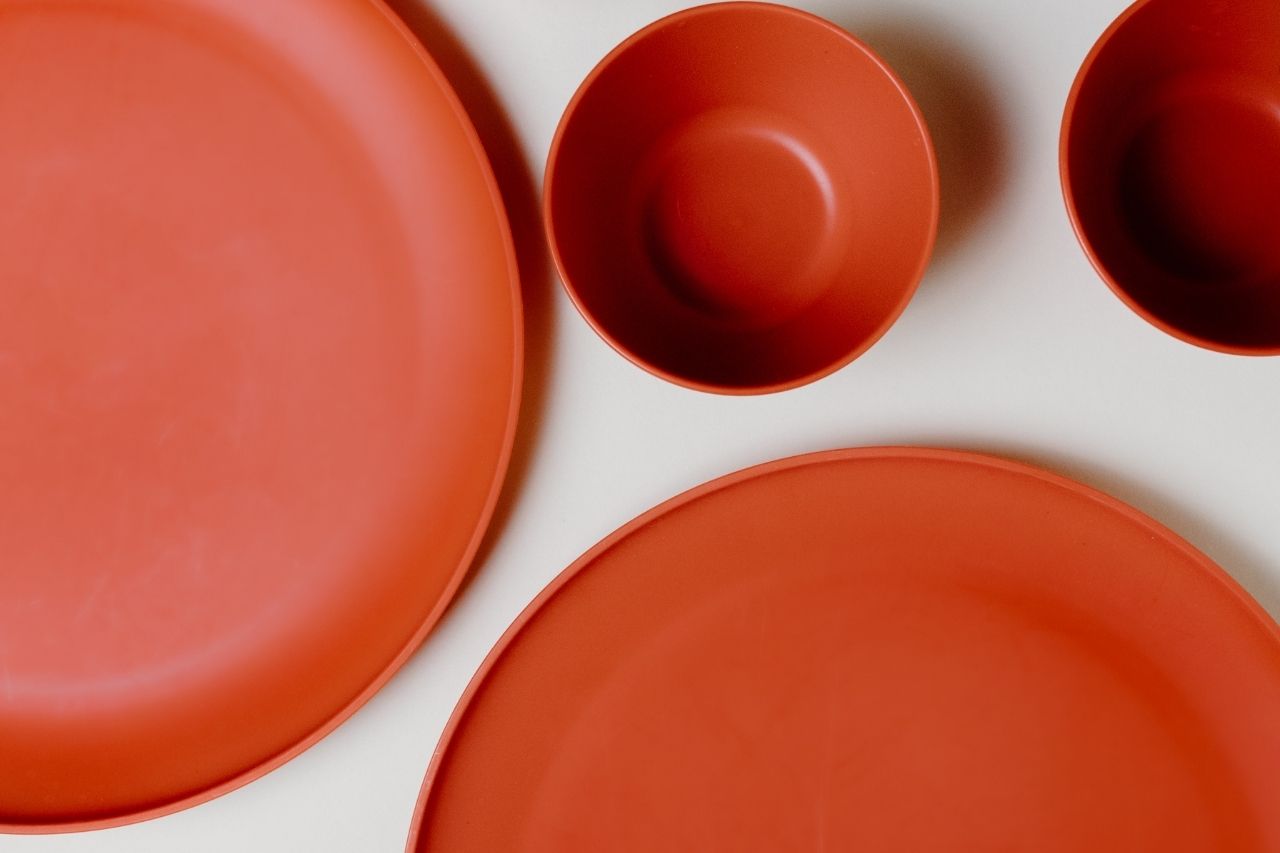The versatility of plastic, in all its many forms, keeps it at the top of the list of manufacturing materials of choice. With plastic’s potential to create items for use in industries as diverse as packaging, sports equipment, aerospace, and automotive manufacturing, its strength and cost-effectiveness are tough to beat.
However, creating finished products in plastic requires highly precise production methods that produce reliable results cycle after cycle. What do those techniques involve? While there are many molding processes, we’ll focus on two of the most popular processes in the industry today: compression molding and injection molding. Learn what these procedures involve, what manufacturers use them for, and how they differ.
What Is Compression Molding?
We’ll start with a consideration of how compression molding works. Compared to injection molds, compression molds have far fewer moving parts. However, there is preparatory work that must take place. Before a resin can undergo compression molding, manufacturers must heat the material to an appropriate temperature. This heated plastic also undergoes pre-compression to the correct shape to fit into the mold.
After preparing the plastic, manufacturers must insert it into the mold die, which is open at the top. After placement, the top of the mold closes and presses the plastic, forcing it into every area of the mold as well as into overflow regions. The part cures inside the mold, which then separates and the manufacturer removes the part via an operator or robot and readies it for the flash trimming process and any other needed secondary operations.
Advantages of Compression Molding
Why do manufacturers choose compression molding techniques for certain projects? There are several advantages to this process that make it the right choice for certain objects. Those benefits include:
- More cost-effective for small production runs compared to injection molds as tooling is typically less expensive.
- Good results for products with varying thicknesses.
- Support of thermoset materials vs thermoplastic materials for injection molding.
Disadvantages of Compression Molding
This type of manufacturing is very useful in certain contexts. Before you embrace compression molding, however, it’s important to know some of the disadvantages:
- Excessive waste and extra processing. The overflow or “flash” on a compressed item must be cut away before the item is ready for use. This flash often cannot be recycled easily.
- Extra startup and maintenance costs. Not many manufacturers still run press-type molds, and spooling up new production can be pricey.
- Slower part production time. Compression molds take longer to produce finished parts and the additional time necessary for removing flash adds to cycle times.
What Is Injection Molding?
Injection molding is the other competitor for the top spot among popular plastic manufacturing methods. What makes injection molding different?
Instead of placing plastic into a mold that closes, an injection mold injects molten resin into a sealed mold with a part cavity or cavities. Using a hopper filled with raw plastic pellets, the injection molding machine liquefies pellets using a heated screw and barrel. This screw then uses high pressures and forces the molten plastic into the tooling cavity where the part cures. Once cured, the tool opens, ejector pins push the parts out from the cavity, and the tool closes again for the next injection cycle. Parts can fall directly into a box, onto a conveyor, or be removed via an operator or robot, making the injection molding process very precise and efficient.
Advantages of Injection Molding
With a different method of introducing resins into the mold cavity, injection molding has some benefits over compression techniques. Here are a few of the key reasons why businesses opt for this solution so often:
- Rapid cycle times. Injection molds have shorter cycle times and less secondary operations. Additionally, with multi-cavity tooling injection molding allows for multiple parts to be produced every cycle, which is very beneficial for high volume part production.
- Excellent precision. Injection molds can achieve fine tolerances and exact repeatability from part to part with the help of computer-aided design for specialized items.
- Less waste and more cost-effectiveness. With shorter cycle times and repeatable manufacturing, injection molding lends itself to lower scrap and lower piece prices due to tooling efficiency.
Disadvantages of Injection Molding
As with compression methods, injection processes have some disadvantages that companies must consider when evaluating their options. A few of the important drawbacks to note:
- Mold design costs can be high, but keep in mind that these costs are easy to recoup over long and large production runs.
- Not always suited to very large parts. Massive molds may be necessary, and in certain applications, compression yields better results for larger parts.
- Accurate mold testing is essential to ensure that plastic flows correctly during injection, which can add delays to the start of the manufacturing process.
What Are the Main Differences Between Injection and Compression Molding?
Ultimately, the key difference between these two methods is the way that manufacturers introduce the plastic resin into the molds. Other differences, such as the high flash rate on compressed parts, stem from this fundamental change.
With compression molds, plastics enter the mold cavity before anything else occurs. The mold, which has undergone heating, then closes and compresses the plastic material to force it into all parts of the mold cavity. Compare that with an injection mold, which remains a closed system until the plastic completely cures. Instead of pre-loading the mold, plastic pellets feed from a hopper into a screw-driven heating system that injects the mold with molten plastic at high pressure.
Cost of Compression Molding vs Injection Molding
Which method is more cost-effective for manufacturers? The cost of compression molding vs injection molding varies a substantial amount based on the parts required, the materials in use, and other factors. Generally, compression molding has lower up-front costs compared to injection molding, but pricing from part to part is more expensive due to longer cycle times and the need for secondary operations to finish the parts before being prepared for shipment. Compression molding is best for less complex part designs and lower volume production.
While injection molding requires a larger upfront investment for tool design and tool build, it is easier to maintain the molds and parts can be produced at much higher volumes. They also require less human intervention to operate, which keeps manufacturing costs lower. For complex and high-volume part production runs, injection molding is the quicker, simpler, and more valuable route.
Compression Molding vs Injection Molding Examples & Applications
Which objects can you make with these methods? Both solutions can produce a wide variety of parts and components, especially when you combine them with other advanced methods.
Forcompression molding, examples include objects such as:
- Automotive acoustic parts
- Circuit Breakers
- Large automotive panels and engine components
- Gaskets and rubber components
With injection molding, you can produce items such as:
- Finer automotive parts, such as dashboard components, front-end bumpers, and switches and dials
- Kitchenware, including cups, bowls, spatulas, and other food-safe containers
- Medical devices and products that must resist corrosion and bacteria
- Agricultural and industrial products that withstand high heat and other environmental pressures
Find Expert Help with Injection Molding Solutions Today
The type of molding that’s best suited for your project will depend on many factors. When those factors point to injection molding as the most effective option, partnering with an experienced service provider makes a significant difference in the outcome that you experience, influencing factors from quality to speed. Get a free quote on your project today from Reliant Plastics and explore the cutting-edge options available to you now.




